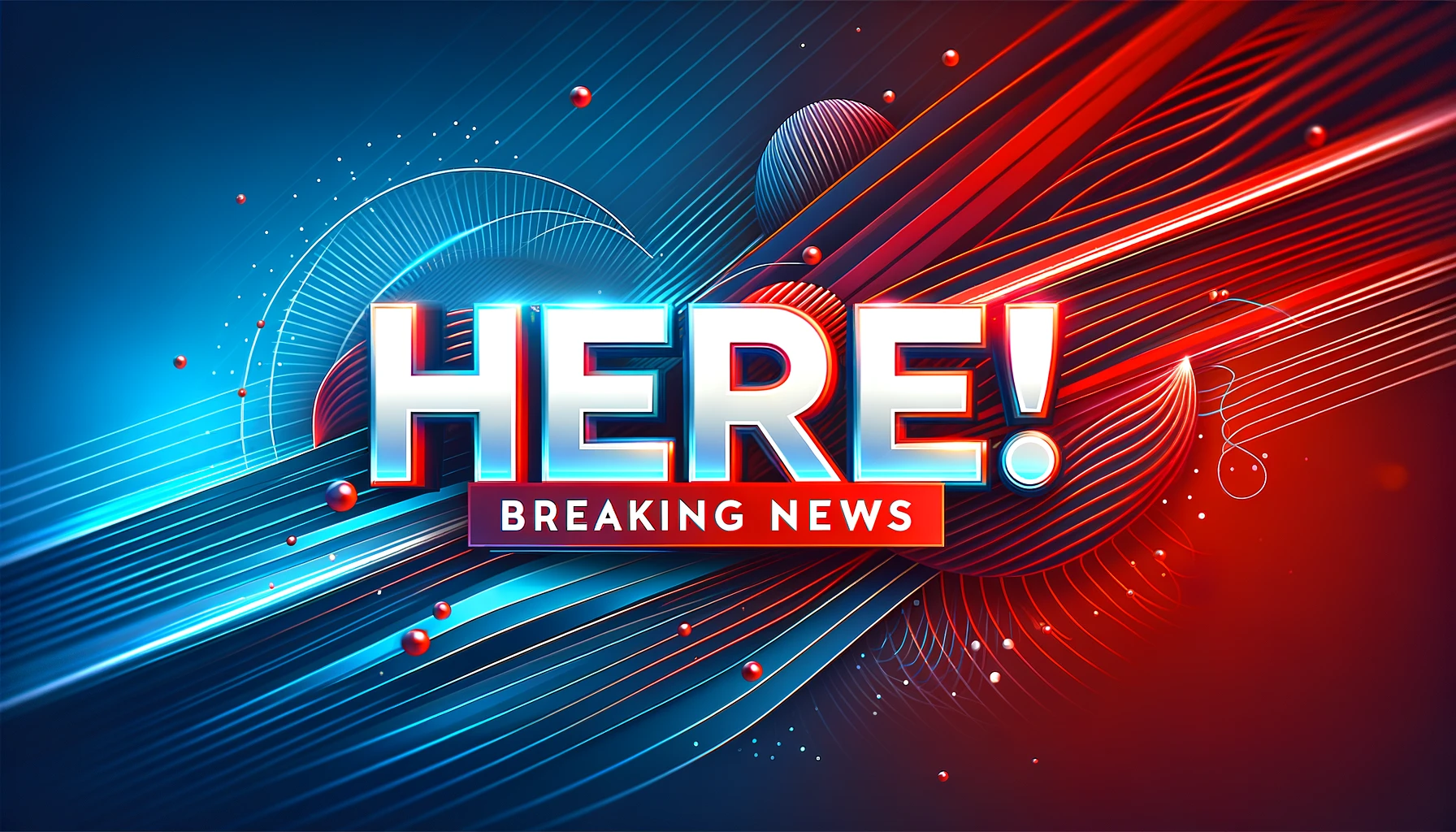Supreme Court Overturns Chevron Doctrine, Implications to Hit Texas A&M
College Station, TX – The Supreme Court has overturned the Chevron Doctrine with a ruling in Loper Bright Enterprises v. Raimondo and Relentless, Inc., on June 28. This decision is anticipated to profoundly reshape the relationship between regulatory agencies and the courts as well as creating uncertainties for institutions, including Texas A&M University.
What is the Chevron Doctrine?
Before the ruling, the Chevron Doctrine allowed courts to accept reasonable interpretations of ambiguous statutes by administrative agencies. This doctrine allowed these agencies to have more power in interpreting laws rather than the judges. For instance, the Environmental Protection Agency (EPA) would have had an interpretation of the Clean Air Act that should be given deference, rather than the Department of Commerce interpreting the same act.
Implications of the Overturn
The Citizens’ Climate Lobby at A&M has raised concerns over the new ruling, specifically emphasizing its impact on vital climate and environmental regulations. The organization voiced that the interpretation of policy is now unpredictably in the hands of the courts. Environmental law interpretations that used the Chevron Doctrine as their backbone, such as the Clean Air Act of 1970, are at risk.
The decision to overturn the doctrine has also raised doubts about the legal interpretations by federal institutions such as the Internal Revenue Service (IRS), EPA, and the Department of Education, all of which relied heavily on their ability to interpret laws.
Uncertainty for A&M System and Federal Laws
The unavoidable uncertainties caused by this ruling could have substantial impact on institutions that frequently deal with federal agencies. For instance, Texas A&M has variouis engagements with the federal government, and the removal of deference could bring unforeseen legal uncertainties.
Moreover, the overturn also poses a risk to federal laws that have served college students for decades. Particularly, Title IX, which prohibits sexual discrimination, could face reinterpretation. An example being the recent redefinition of sex discrimination by the Department of Education to include gender identity, constituting a novel interpretation.
Restrictions on Executive Branch
This landmark ruling could also have a significant impact on the executive branch’s role in government. The overruling of the Chevron Doctrine aligns with the Supreme Court’s recent trend of restricting the executive branch’s power. For instance, it seeking to limit what unelected bureaucrats can do.
The Future
While the implications of the ruling are predicted to hold profound changes, the actual impact remains uncertain. Professor Mark Burge of Texas A&M School of Law noted, “No matter how much we think we know what the future will look like under this new legal regime, we can look back in 10 or 15 years and find that we will have gotten it wrong in some areas.”
Institutions like Texas A&M, among others, will need to adapt and brace for legal uncertainties and challenges in the days ahead as this impactful ruling redefines the roles of courts, institutions, and federal agencies in the interpretation of laws.








